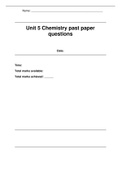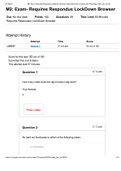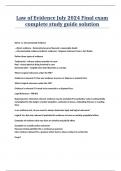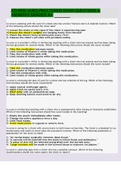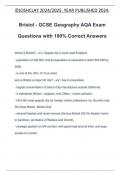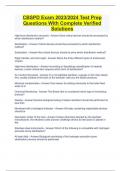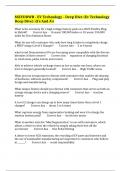Other
Unit 5 Principles and Applications of Science - chemistry past paper
- Institution
- PEARSON (PEARSON)
- Unit 5 Principles and Applications of Science II - for BOTH alevel chemistry and btec applied science students - includes mark scheme at the end - Organic Chemistry/ Applications of science BTEC & A-LEVEL chemistry EXAM PAPERS
[Show more]
